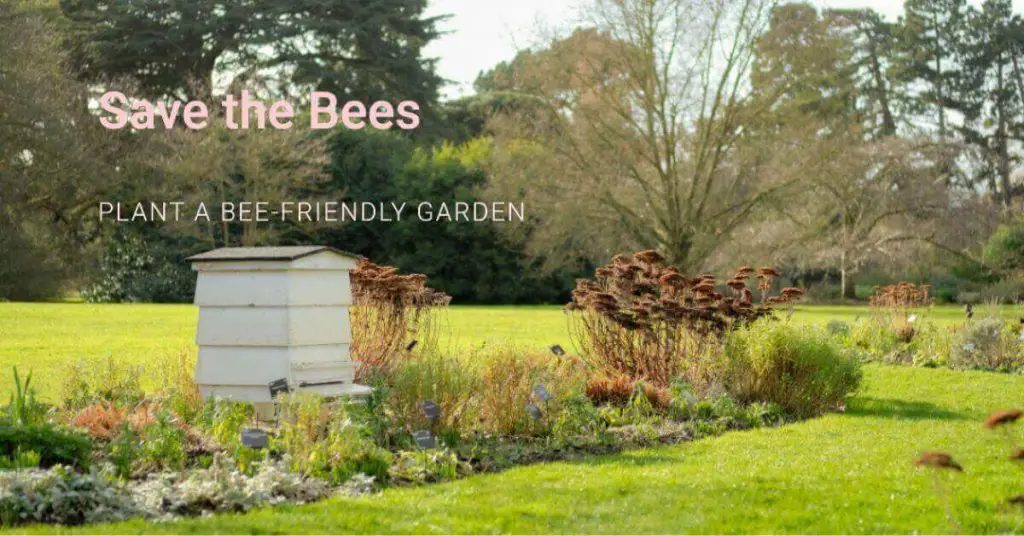If you’re dealing with leaf cutter bees in your garden and wondering how to get rid of them, you’re in the right place. In this comprehensive guide, we will explore various methods and techniques to effectively control and manage leaf cutter bee populations.
What kills cutter bees?
Remove and Destroy Affected Plant Material
Leaf cutter bees use circular leaf pieces to construct their nests. If you notice plants with conspicuous circular holes on their leaves, it is an indication of leaf cutter bee activity. To disrupt their nesting behavior, promptly remove and destroy the affected plant material. By eliminating potential nesting sites, you can discourage leaf cutter bees from establishing their colonies in your garden.
Apply Insecticides
Insecticides can be an effective option for controlling leaf cutter bees, especially when other methods are not sufficient. However, it is important to choose insecticides labeled for use against bees and follow the instructions carefully to minimize harm to beneficial insects and pollinators. Contact your local extension office or consult a professional for guidance on the appropriate insecticides and application methods.
Install Physical Barriers
Creating physical barriers can prevent leaf cutter bees from accessing your plants. Use fine mesh or netting to cover susceptible plants, such as roses or other flowering plants that are attractive to leaf cutter bees.
Encourage Natural Predators
Introducing natural predators of leaf cutter bees can help control their population in a more sustainable and environmentally friendly way.
Use Repellents to Get Rid of Leaf Cutter Bees
Repellents can be used as a deterrent to discourage leaf cutter bees from foraging and nesting in your garden. Natural repellents, such as garlic spray or neem oil, can be sprayed on plants to make them less appealing to bees.
Create a Bee-Friendly Garden Away from Desired Plants
To redirect leaf cutter bees’ attention away from your desired plants, consider creating a separate bee-friendly garden. Choose an area away from your valuable ornamental or vegetable plants and fill it with a variety of flowering plants that are particularly attractive to bees.

Related Articles:
- How many legs does a bee have?
- How much honey does a bee make? The Sweet Truth.
- How To Get Rid of Bees Natural Ways.
Plant Alternative Bee-Attracting Flowers
Diversifying your garden with alternative bee-attracting flowers can help draw leaf cutter bees to specific areas where they won’t cause significant damage. Choose plants that provide abundant nectar and pollen sources for bees, such as lavender, salvia, or coneflowers. By focusing the bee activity on these alternative flowers, you can minimize the impact on other plants in your garden.
Use Traps to Get Rid of Leaf Cutter Bees
Trapping leaf cutter bees can be an effective way to reduce their population. Simple DIY traps can be made using materials like bamboo or paper tubes. Place the traps near the affected plants to attract the bees. Once the bees enter the tubes, you can carefully remove and relocate them away from your garden. Regularly empty and clean the traps to maintain their effectiveness.
Regularly Inspect and Maintain Your Garden
Regular inspections of your garden allow you to detect leaf cutter bee activity early on. By identifying their nesting sites or signs of damage, you can take immediate action to prevent further infestation. Additionally, maintaining a well-groomed garden, removing weeds, and keeping plants healthy can minimize the attractiveness of your garden to leaf cutter bees.
Seek Professional Help If Necessary
If your leaf cutter bee infestation persists or becomes overwhelming, it may be time to seek professional help. Experienced pest control specialists or bee removal services can provide tailored solutions based on the severity of the infestation and your specific circumstances. They have the knowledge and expertise to safely and effectively manage leaf cutter bees in a manner that minimizes harm to the environment.
FAQS
What attracts leafcutter bees?
Leafcutter bees are attracted to a combination of factors, including specific plants, nesting materials, and suitable nesting sites. They are primarily attracted to flowering plants that provide an abundant source of pollen and nectar.
What plants do leaf cutter bees like
Some of the plants that leafcutter bees particularly like include roses, sunflowers, bee balm, asters, and various wildflowers.
How do I control leafcutter bees on my roses?
To control leafcutter bees on roses, consider providing alternative nesting sites such as bee houses or blocks of wood with drilled holes. This can help redirect their nesting behavior away from your rose bushes.
Are leafcutter bees harmful to roses?
While leafcutter bees may clip portions of rose leaves for their nests, they typically do not cause significant harm to the overall health of the plants.
Can I physically remove leafcutter bee nests from my roses?
It is generally not necessary to remove leafcutter bee nests from your roses. The bees play an important role in pollination and their nests do not cause extensive damage to the plants.
Summary
Leaf cutter bees can be a challenge to manage when their nesting activities cause damage to your plants. By implementing the methods discussed in this guide, such as removing affected plant material, applying insecticides when necessary, installing physical barriers, encouraging natural predators, using repellents, creating a bee-friendly garden & planting.
